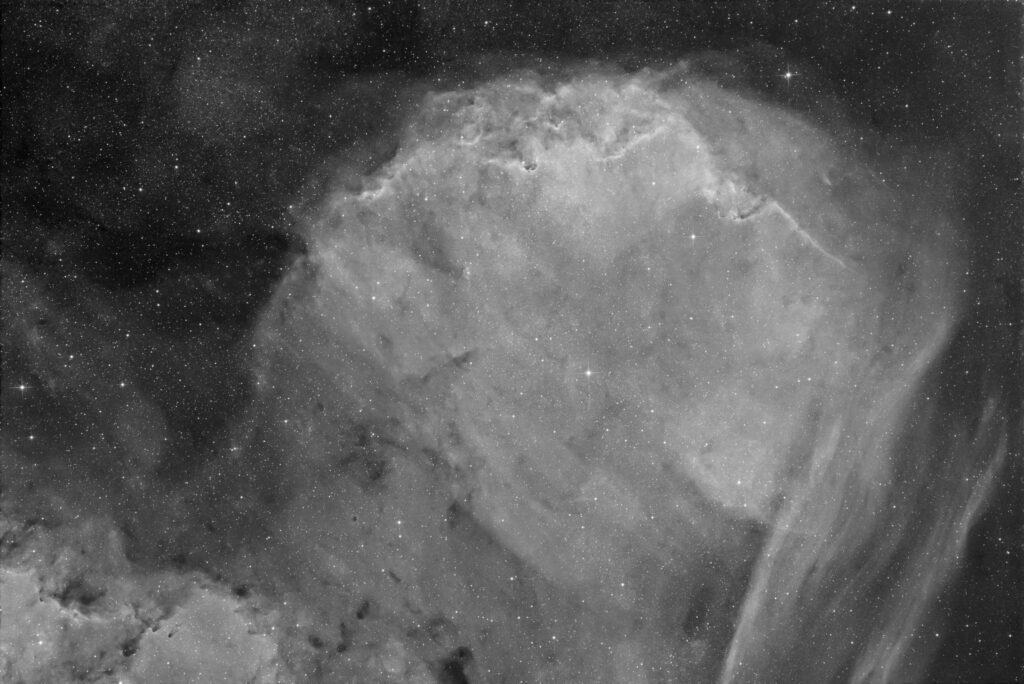
More on-site OSC data from the IAS Hakos observatory, the reflection nebula IC 4601 in the constellation Scorpius.
More details at Astrobin.
Continue reading
More on-site OSC data from the IAS Hakos observatory, the reflection nebula IC 4601 in the constellation Scorpius.
More details at Astrobin.
Continue reading
More processed OSC data with the ASI 2600 MC Duo and the IAS 20″ telescope AK3, featuring the globular cluster Messier 4 aka NGC 6121.
Notable change to my previously shown OSC workflow: I used “K2V star” as the white reference for SpectrophotometricColorCalibration. Standard “Average spiral galaxy” yielded stars, which were too “golden” for my taste, thus this bluer/colder rendition.
See also at Astrobin.
Continue reading
Took me a while to create something with presentable colors from the narrowband data of this obscure nebula in Scorpius, the previous H-alpha black and white version was easier.
This is a bicolor image with R=H-alpha, G=SII, B=SII and mainly H-alpha with a bit of SII used as luminance, plus calibrated RGB stars screened on-top.
More details at Astrobin.
Continue reading
A lesser known object, the Cometary Globule GN 16.43.7.01, nick-named Dark Tower gained some popularity, especially since ESO’s publication of an image taken with the VLT.
More details at Astrobin.
Continue reading
Some black and white H-alpha while the moon is more and more occupying the night.
Details at Astrobin.
Continue reading